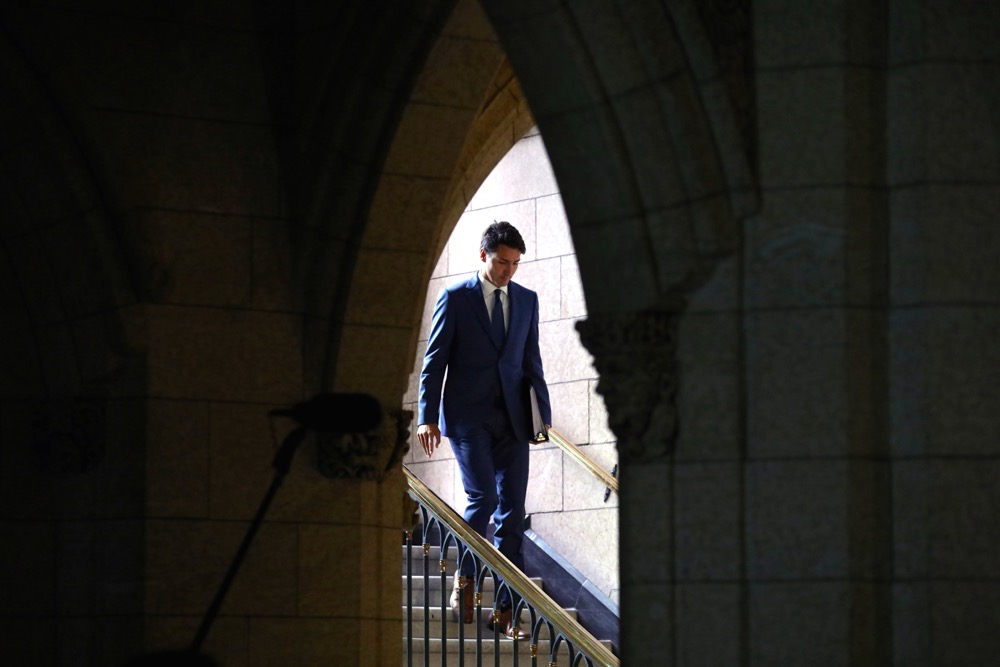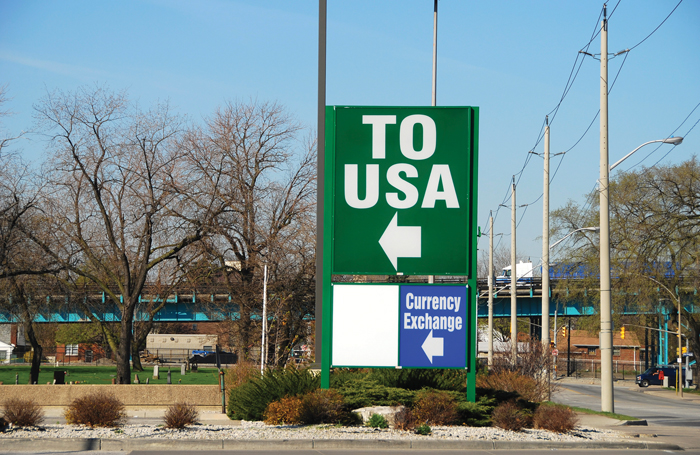JOHN MORRISS
EDITORIAL DIRECTOR
Afew years ago CBC’s “As it Happens” radio show host introduced a political panel on federal-provincial equalization with the question “Now that the Crowsnest rate is no longer an issue, is equalization destined to take its place as a synonym for ‘bore you to death?’”
For those who participated in the Crow debate, which spanned at least two generations, it may not have been boring, but it was frustrating and numbing. That may partly explain the surprisingly muted response when the Liberal government in 1995 just killed the contentious subsidy altogether. Farmers no longer had anything to fight over, but at least they didn’t have to fight. What a relief.
Read Also

Interswitching pilot expiry worries grain sector
Canada’s extended interswitching radius for rail shipment will expire in March and, with Parliament prorogued, the Grain Growers of Canada are concerned there’s precious little opportunity to save it.
The old bird’s ghost arrived in the mail recently in the form of Retiring the Crow Rate – A Narrative of Political Management, by the late Arthur Kroeger, the much-respected career civil servant who spent 34 years in government, half of that as a deputy minister. (University of Alberta Press, www.uap.ualberta.ca).That included a stint as deputy minister of transport under Jean-Luc Pepin in the Trudeau cabinet. Though one of the most universally liked and respected ministers of that era, Pepin was somewhat on the outs with the boss on the issue of how much power Quebec should have under the constitution. Perhaps as punishment, he got the Crow file. That consisted of getting rid of the below-cost grain freight rate, and getting western farm groups and the railways to agree on how to do it. Leaping tall buildings in a single bound at the same time as ensuring world peace may have been easier.
For those blessed with not being around at the time, here’s the Cole’s Notes version:
Through a complex series of deals which had little to do with the original one to build a railway through the Crowsnest Pass in 1897, the freight rate on Prairie grain was fixed at around the level in that year. Until the 1960s, the railways probably made money but with subsequent inflation, their complaints became ever louder and it became more or less accepted that the rate would have to change, especially if the railways had to make the investments required to expand capacity to the West Coast.
It was also more or less accepted that the low rate was an historic entitlement for farmers, and that if rates increased, the government would step in with a subsidy.
It’s easy to decide to give money to farmers. Figuring out how to do it is another matter. Some said the subsidy should be paid to the railways, which really meant it went to farmers who shipped grain because the rate would stay low. Others said it should go directly to farmers themselves, who would then pay full rate. At the time, that would have meant cutting 160,000 or so cheques, which meant the farmers could do as they like – offset their freight bill, buy more cows, or take a trip to Arizona.
Under “pay the producer,” it was said that higher rates would discourage grain shipping and thereby encourage diversification. Opponents feared that rates under pay the producer would be so high as to make grain shipping uneconomic. In the end, it was pay the railways until 1995, when the Crow was killed altogether.
Kroeger’s preference for paying the producer is evident, which might irk those who were on the other side of the issue. But anyone who was part of the Crow debate, and there were many, will enjoy his review of the process, which he clearly viewed as the highlight of his career. It’s also a reminder of the even-handed work of Jean-Luc Pepin, who partly got the dreaded file because there were few Liberal members in the West at the time. Rather than being discouraged, Pepin truly enjoyed his work with the westerners, and even mused about wanting to run in Western Canada some time.
Even for those not involved in the debate, Kroeger’s book is a fascinating look into the relationship between civil servants and politicians, and the political flip-flopping on all sides. It also provides a glimpse of the beginnings of the increased politicization of the civil service, with which we are afflicted today.
Kroeger’s preference for paying the producer may gloss over the reality that no one ever quite figured out how to do it. And while he points to Quebec for scuttling that option, in the end, Ontario’s opposition may have been more important. Their position was that if the Crow was a freight subsidy, fine. But if it was a federal cheque directly to farmers, it couldn’t be in only four provinces.
And whether any government would agree to a perpetual payment to farmers was questionable to say the least. Cutting off two cheques to the railways, as we saw in 1995, was much easier. Also missing is an assessment of whether giving the railways full rate actually meant the better service which was held out as a carrot for agreeing to change.
Nonetheless, this is a well-written and even-handed case study of a bitter debate, which ultimately, was all for nothing. Let it be a reminder not to allow it to happen again. [email protected]


















